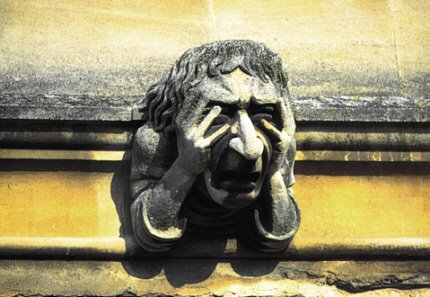Romantic Shakespeare

CFP: Romantic Shakespeare. Shakespeare Yearbook, Winter 2007.
Henry James once noted that to the English an outing to Stratford was not just a day out, not just a visit to a pretty old town with a famous dead author, but a pilgrimage to "The Holy of Holies"; the scene itself of the "nativity." James was being ironic, but to many editors, and writers, and theatre personalities working in the era of the English Romantic Movement, grappling with the works of Shakespeare became a serious devotional duty.
Shakespeare's plays and poems can be said to have become objects of religious reflection for the Romantics, a kind of mirror up to the "mystic." For Shakespeare's nineteenth-century British editors, one of their principal tasks was to prepare readers to find deeper meanings in Shakespeare's plays and poems, and they viewed the reading of his works as a cornerstone of English culture. Concomitantly, writers such as Coleridge, Wordsworth, Byron, Shelley, and Keats constructed Shakespeare as a figure from whom it was possible to acquire something like spiritual and poetic wisdom. For many of these writers, his plays and poems were foundational to their own efforts to write.
In conjunction with theme of the Winter 2007 issue of the Shakespeare Yearbook, "Romantic Shakespeare," the journal seeks essays from scholars of Renaissance or English Romantic literature that explore the editing or interpretation of Shakespeare and early modern literature in the Romantic period, as well as the impact of early modern literature on the literary production of writers associated with the English Romantic Movement.
Please submit title and 200-word abstract of proposed essays along with a brief scholarly bio by August 15, 2006 to Douglas A. Brooks (dbrooks@tamu.edu). Digital submissions as e-mail attachments in Rich Text Format or Microsoft Word only. Do not send CVs. Final essays will be due May 15, 2007.
The Shakespeare Yearbook is a broadly based international annual of scholarship relating to Shakespeare, his time, and his impact on later periods. Maximum length for contributions is 35 double-spaced pages in Times New Roman 12 point. Illustrations are welcome. Citations should be formatted according to the Chicago Manual of Style. The name of the author/s should only appear in an accompanying cover letter. All essays are reviewed anonymously by two readers. All essay submissions must be as digital attachments in Microsoft Word or Rich Text Format.


0 Comments:
Post a Comment
<< Home